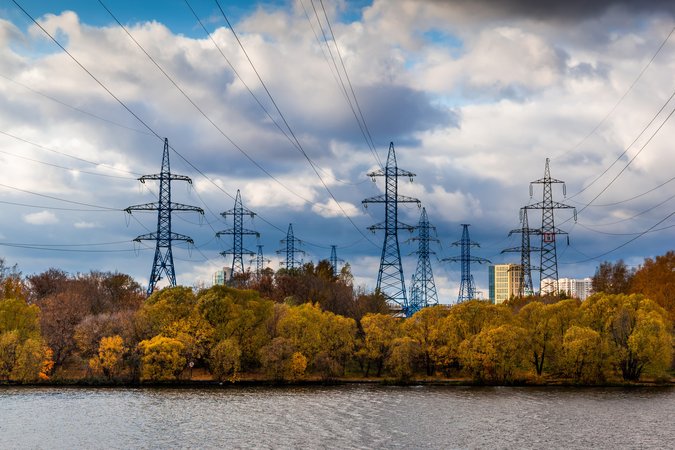Managing Environmental, Health, and Safety Risks
DownloadThis study compares and contrasts regulatory and related practices—in particular, regulatory decisionmaking, risk assessment and planning processes, inspection and compliance, and organization structure, budgets, and training—of the Minerals Management Service (MMS, now the Bureau of Ocean Energy Management, Regulation, and Enforcement, or BOEMRE) with those of the Federal Aviation Administration (FAA) and the Environmental Protection Agency (EPA). Comparing MMS practices withthose of other federal agencies that also manage low-probability but high-consequence environmental risks provides a basis for identifying opportunities for enhancing regulatory capacity and safety performance in managing deepwater energy exploration and production. Our research finds important differences in processes for setting standards; peer review contribution to the rulemaking process; establishment of tolerable risk thresholds; and training of key staff. The paper concludes with several recommendations for how various EPA and FAA practices might be modified and used at BOEMRE to strengthen its regulatory and risk management processes.
Since its creation in 1982, the federal Minerals Management Service (MMS) oversaw decisionmaking and management of offshore planning and leasing, as well as environmental, health, and safety (EHS) regulation of offshore drilling in the United States. After the April 2010 Deepwater Horizon spill in the Gulf of Mexico, the MMS was reorganized into a new agency, the Bureau of Ocean Energy Management, Regulation and Enforcement.
To assess MMS practices and to recommend improvements, RFF researchers Lynn Scarlett, Arthur Fraas, Richard Morgenstern, and Timothy Murphy compared the MMS to two other regulatory agencies: the Federal Aviation Administration (FAA) and the Environmental Protection Agency (EPA).
In their paper, “Managing Environmental, Health, and Safety Risks: A Comparative Assessment of the Minerals Management Service and Other Agencies,” the authors find clear differences in how the three agencies set safety standards, use peer review in rulemaking, establish tolerable risk thresholds, enforce regulations, and train key staff. The authors—who reviewed more than 30 statutes and executive orders involved in EHS regulation—identify four elements of MMS planning, regulatory, and permitting processes for particular attention: regulatory decisionmaking; risk assessment and planning; inspection and compliance procedures; and organizational issues (such as organizational structure, budgets, and training).
They focus particular attention on standard-setting, inspections, compliance, and enforcement within the entities the three agencies regulate. Challenges to effective standard-setting include significant reliance on prescriptive standards in a context of sophisticated, rapidly changing technology. Shifting to performance-focused regulations under which firms identify risks and how they will be managed could strengthen accountability. Both Norway and the United Kingdom use this performance-focused, “safety case” approach.
Challenges to inspection and enforcement include: how to target inspection resources; how to encourage full reporting of safety issues; how to encourage firms to take corrective action; and how to hold firms accountable for safety and environmental performance. Programs developed by the FAA and EPA that use nonpunitive corrective action to encourage self-reporting of problems offer a possible model. The authors recommend that MMS’s successor organizations continue and strengthen the practice of annual operator reviews with a focus on improvement and corrective action. However, they add, these approaches should complement, rather than replace, traditional tools such as penalties and legal sanctions.
“A comparative evaluation of regulatory structures and management practices can help illuminate effective practices and opportunities for improvement,” note the authors. “We offer recommendations that result from this comparative evaluation. We underscore, however, that these recommendations must be accompanied by other changes pertaining to corporate culture, techniques, and operational incentives; emergency preparedness and response; and risk assessment and management to produce a composite set of improvements aimed at enhancing safety.”
Find more oil and gas, risk, and governance research and analysis from RFF here.
Authors

Timothy Murphy





